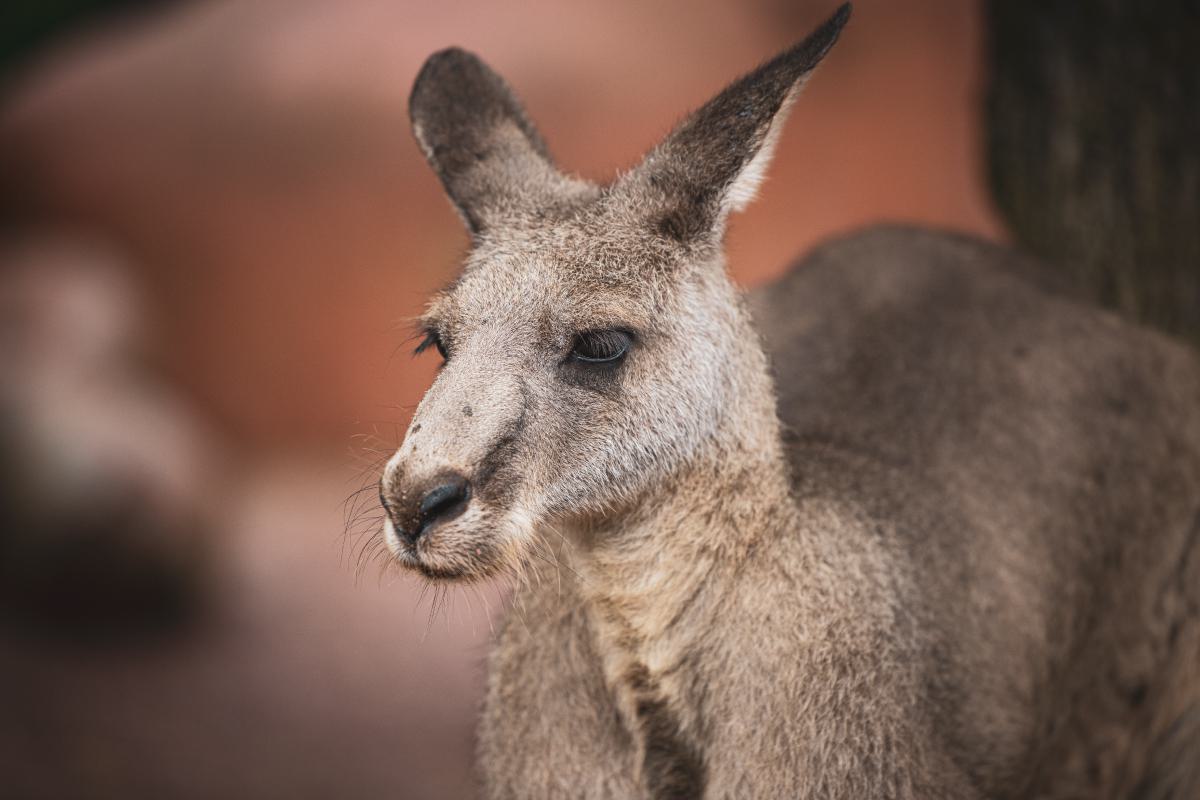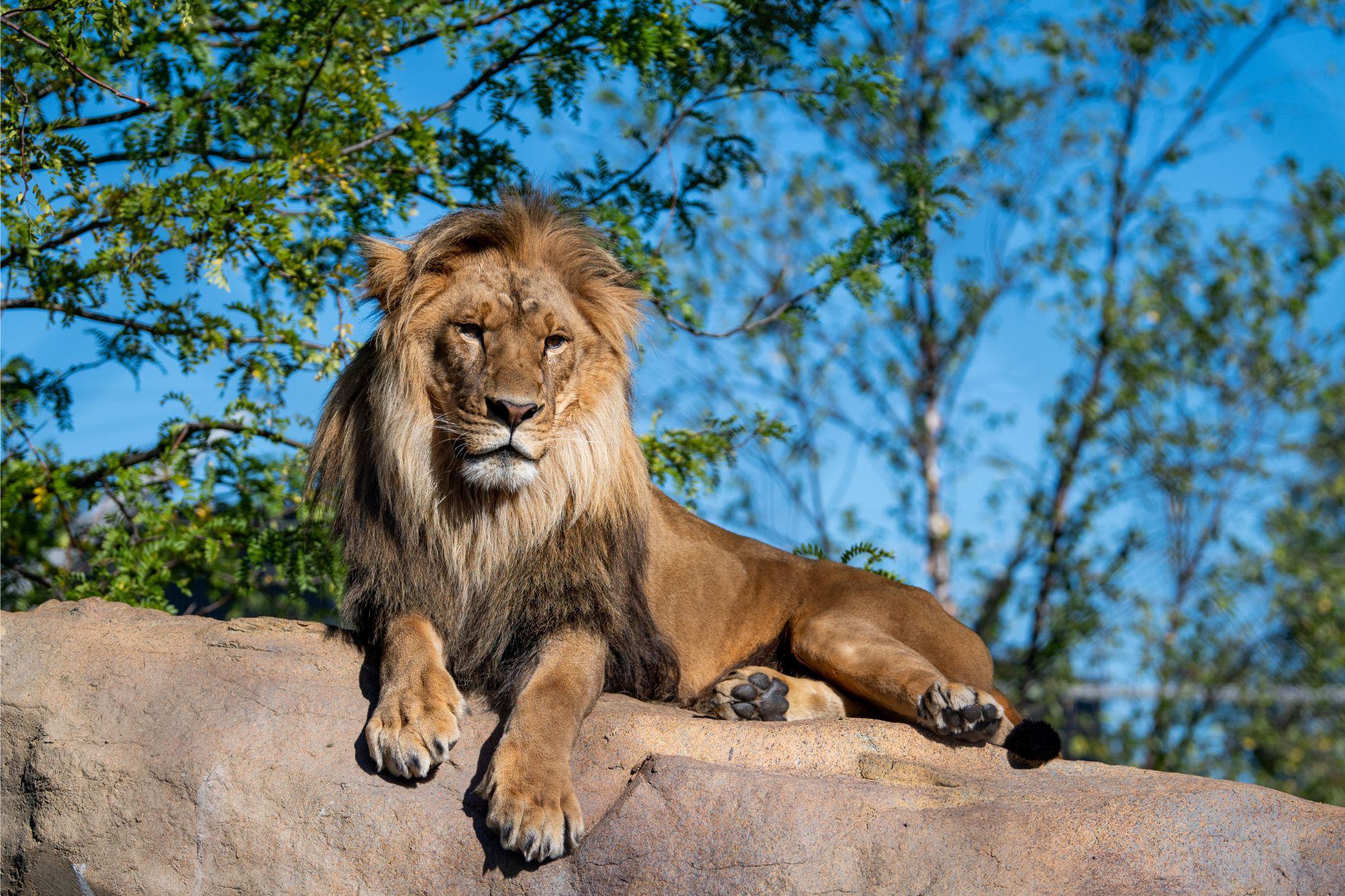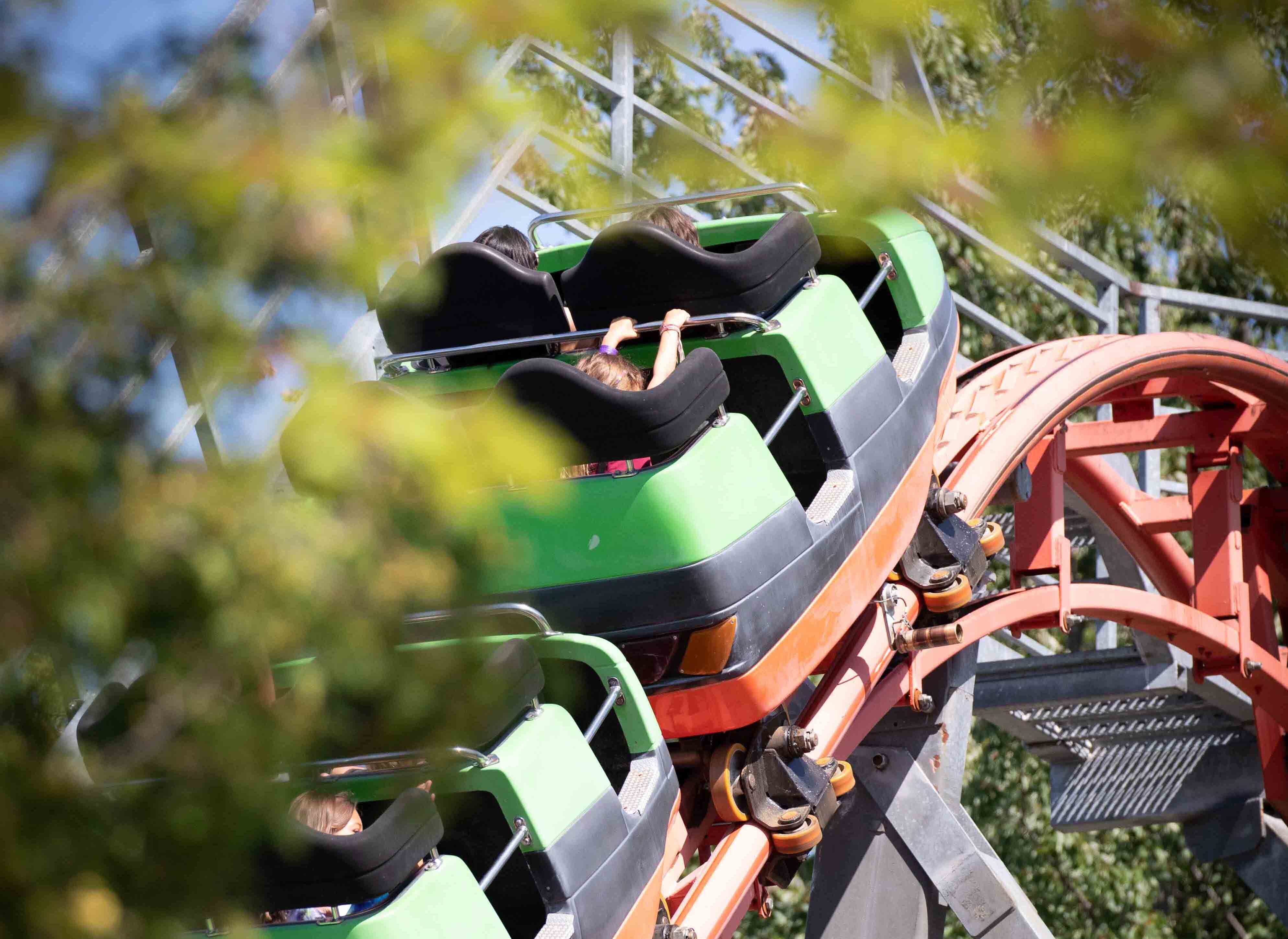Winter is at our doors!
Although Mother Nature is creating a lot of confusion with the weather these days, the cold season is definitely settling in at the Zoo de Granby!
As with us humans, animal species have their own special rapport with snow and cold temperatures. Indeed, some absolutely love this time of year, while others would rather do without.
However, whether they love the cold, tolerate the cold or are truly allergic to snowflakes, all our residents have access to specially adapted installations or small heated amenities to help them get through the winter as comfortably as possible!

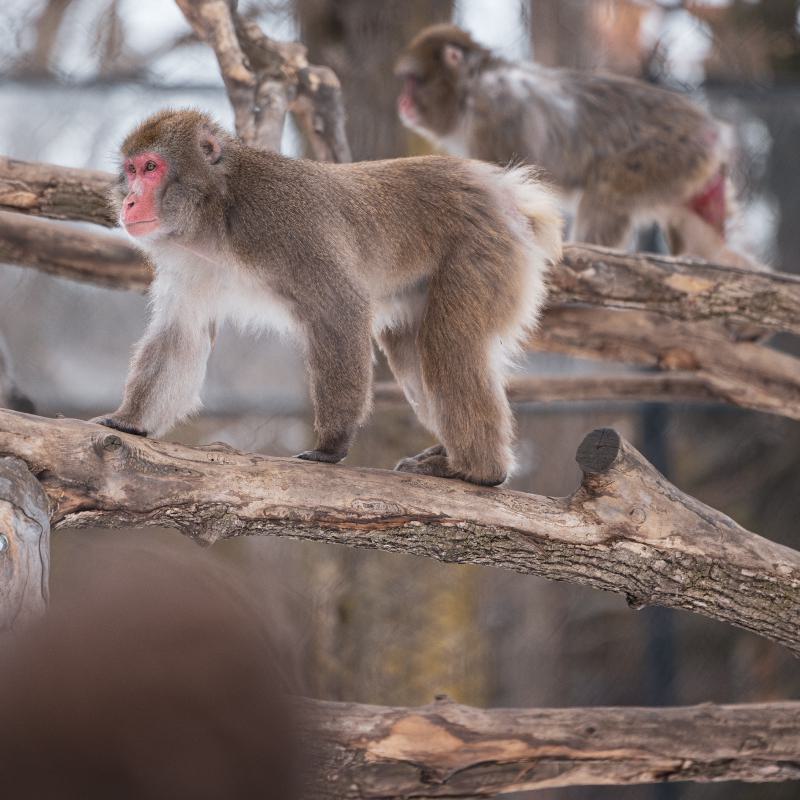
Species that Have Adapted and Embrace Winter!
When you house species from the 4 corners of the planet, they’re bound to come from a variety of climates.
In fact, observing how well they tolerate cold weather is part of the criteria evaluated in order to welcome a new species to the Zoo. This is why, among others, we’ve chosen to feature Amur tigers, snow leopards, Japanese serows, red pandas or Japanese macaques, the most northerly primate species in the world.
These animals have natural adaptations that enable them to adjust to the changing seasons and cope with the snow and cold temperatures: fat accumulation, thicker coats, changes in diet and exercise levels, specific circulatory (blood) system, non-slip soles, etc.
When we compare these animals with similar species found in tropical environments, we notice they often have shorter, furrier extremities and the cold has less of an impact on them, especially on their tails and ears. This is notably the case when we compare Japanese macaques with Geoffroy’s spider monkeys, for example.
Tolerant or Downright Frigid Species!
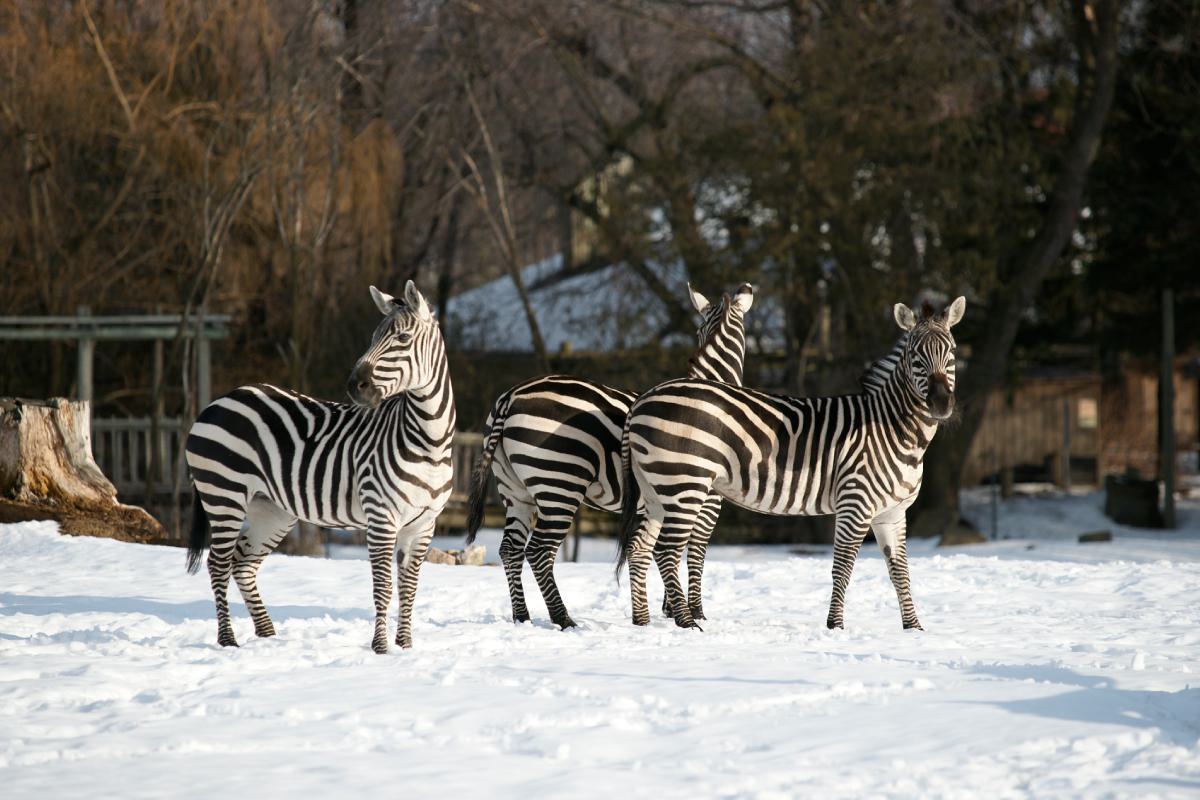
For species that don’t normally live in snowy environments, or in milder temperatures than our Québec winters offer, two solutions are imperative: We need to increase the comfort level to prolong the period of outdoor activity, and we must install proper heated indoor installations. However, nature provides us with some pleasant surprises!
Indeed, even though we don’t usually find them in snow-covered surroundings, some exotic species born at our latitudes and exposed to the changing seasons, can adapt to a certain drop in temperature and enjoy the outdoors in winter. This is particularly true for our jaguars, ostriches and zebras. In the case of our striped equines, we’ve even noticed a slight thickening of their coat, the result of repeated exposure to the changing seasons.
Nevertheless, increased monitoring of fluctuating temperatures is necessary for these tolerant species, because unlike their cold-weather congeners, these animals don’t have all the essential tools to cope with the bite of the freezing cold. The animal care team has therefore established a time chart for outdoor activities which takes into account outside temperatures and includes the wind factor!
For example, an authorization to spend 4 hours outdoors at temperatures between zero and 10 degrees Celsius will be reduced to 2 hours between zero and minus five degrees Celsius.
A little Help to Increase the Comfort Level!
We all enjoy being pampered a little, and animals are no exception!
At the Zoo de Granby, animal well-being is a priority, regardless of the season. New projects to improve our installations or to create new habitats all incorporate elements designed to reduce the impact of cold weather on our residents: heating stones, radiant heaters, wind shelters and temperate spaces are some of the featured elements when planning our habitats.
The idea is to offer animals the option of staying indoors or enjoying the outdoors, but with a comfort zone within a paw’s reach! For these species, which divide their time between two zones, the buildings are tempered to avoid too drastic a shock between indoor and outdoor temperatures.
Our giant kangaroos are the latest to benefit from an initiative aimed at increasing their period of outdoor activity. Unlike Bennett’s wallabies, with which they share their habitat in summer, giant kangaroos are naturally found in a snow-free climate where temperatures remain well above freezing.
This autumn, our carpenters built a temperate shelter for them, which not only increases the square footage they can occupy, but also allows them to be outside for a longer period of time, while being protected from the bitter cold! A wonderful initiative as part of the ongoing improvement of our animals’ well-being!
